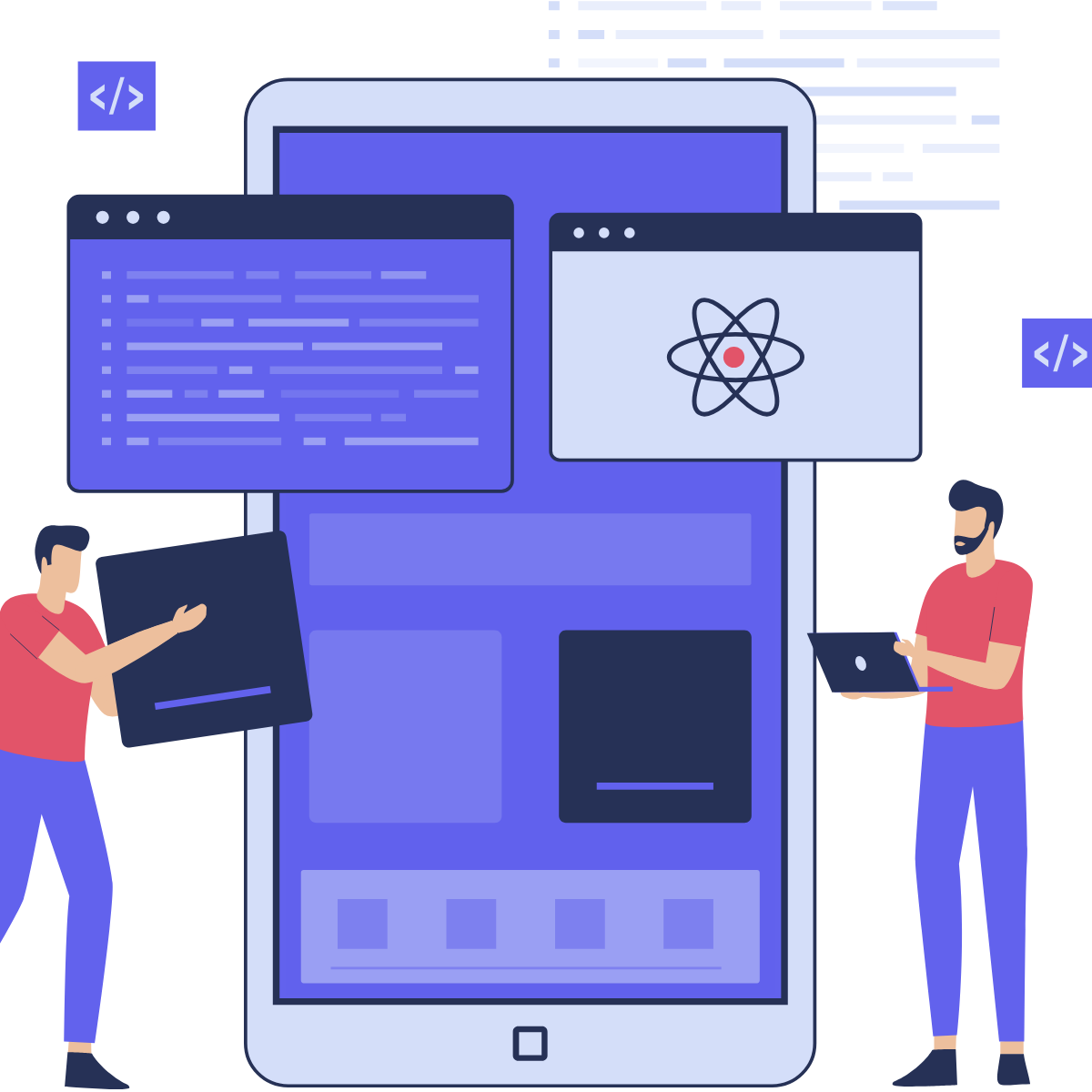In today’s global-first digital landscape, users expect applications to speak their language—literally. Whether it’s an e-commerce platform, a social media app, or a productivity tool, customers are far more likely to engage with products that feel native to their cultural and linguistic context. This is where React Localization comes into play. For companies building with React JS or React Native, effective localization is no longer an optional feature but a critical success factor in reaching international markets.
Table of Contents
ToggleWhy Localization Matters in React Applications
A React application can reach millions of users worldwide, but without localization, its potential is limited. Localization in React JS is about more than translating text—it’s about adapting the entire user experience to resonate with regional preferences, cultural nuances, and legal requirements. From currencies and date formats to right-to-left (RTL) support for languages like Arabic, every detail influences usability.
The rise of React Native for cross-platform development has amplified the need for React Native language localization. Since one codebase powers both iOS and Android apps, ensuring consistent and culturally relevant content across platforms has become a vital part of the development process.
The Challenges of Localization in React
While React’s modular and component-driven architecture makes it ideal for scalable apps, localization introduces unique challenges. Developers often struggle with:
1. Dynamic content translation: Updating and maintaining multiple language files without breaking the UI.
2. Contextual accuracy: A single English phrase can have multiple translations depending on these context in another language.
3. Performance issues: Poorly implemented localization can slow down rendering and impact the user experience.
4. Internationalization setup: Integrating React Native i18n frameworks or libraries in a way that remains maintainable as the app grows.
Without a structured approach, teams may end up with fragmented translation processes, duplicated work, and inconsistent user experiences.
Best Practices for React Localization
To overcome these challenges, businesses and developers should adopt proven best practices:
1. Embrace Internationalization Early
Internationalization (i18n) should be part of the development roadmap from day one. This ensures that the codebase is flexible enough to support React Native internationalization or React JS localization without costly rework later.
2. Use Established Libraries
Libraries such as react-i18next or FormatJS simplify the process of managing translations and dynamic content. For mobile, react-native-i18n provides a reliable foundation for React Native multi-language support. These tools streamline everything from pluralization to date and number formatting.
3. Centralize Translation Management
Instead of scattering translations across components, maintain a centralized translation file or service. This makes it easier to translate content in React Native or a web-based React app consistently, while also reducing redundancy.
4. Test Across Languages and Platforms
Thorough testing in multiple languages ensures that localized content doesn’t break layouts or create usability issues. For example, German words may be significantly longer than English ones, requiring a flexible UI design. Similarly, RTL languages must be tested on both iOS and Android environments.
5. Automate and Integrate Localization
Automation tools can help developers push translation updates quickly without manual intervention. Integration with professional localization services ensures not only speed but also cultural and linguistic accuracy, something machine-only translations often miss.
Business Benefits of React App Localization
Investing in React app localization delivers measurable returns. Multilingual apps are proven to:
1. Boost user acquisition: By removing language barriers, businesses can unlock new markets with minimal friction.
2. Increase engagement and retention: Users are more likely to stay loyal to an app that feels personalized to their culture.
3. Improve accessibility: Language inclusivity aligns with global accessibility standards, enhancing brand reputation.
4. Drive revenue growth: Companies that embrace localization in React JS often see a direct increase in conversion rates from international customers.
For global-first startups as well as established enterprises, localization is no longer just a technical task—it’s a business strategy.
Conclusion
As businesses scale their digital products, React Localization is emerging as a cornerstone of global user experience. From React JS localization on the web to localization in React Native for mobile apps, the ability to adapt content across languages and cultures is essential for growth. By adopting internationalization early, leveraging robust libraries, and partnering with professional localization experts, organizations can ensure that their apps are not just functional but truly global.
ActiveLoc has worked with companies worldwide to simplify this journey, bringing together React Native i18n expertise, translation management, and cultural adaptation into a single, streamlined process. In a world where users expect every interaction to feel personal, React developers who prioritize localization will be the ones who succeed in building loyal, global user bases.
Check out more of our latest Blog Posts below!

